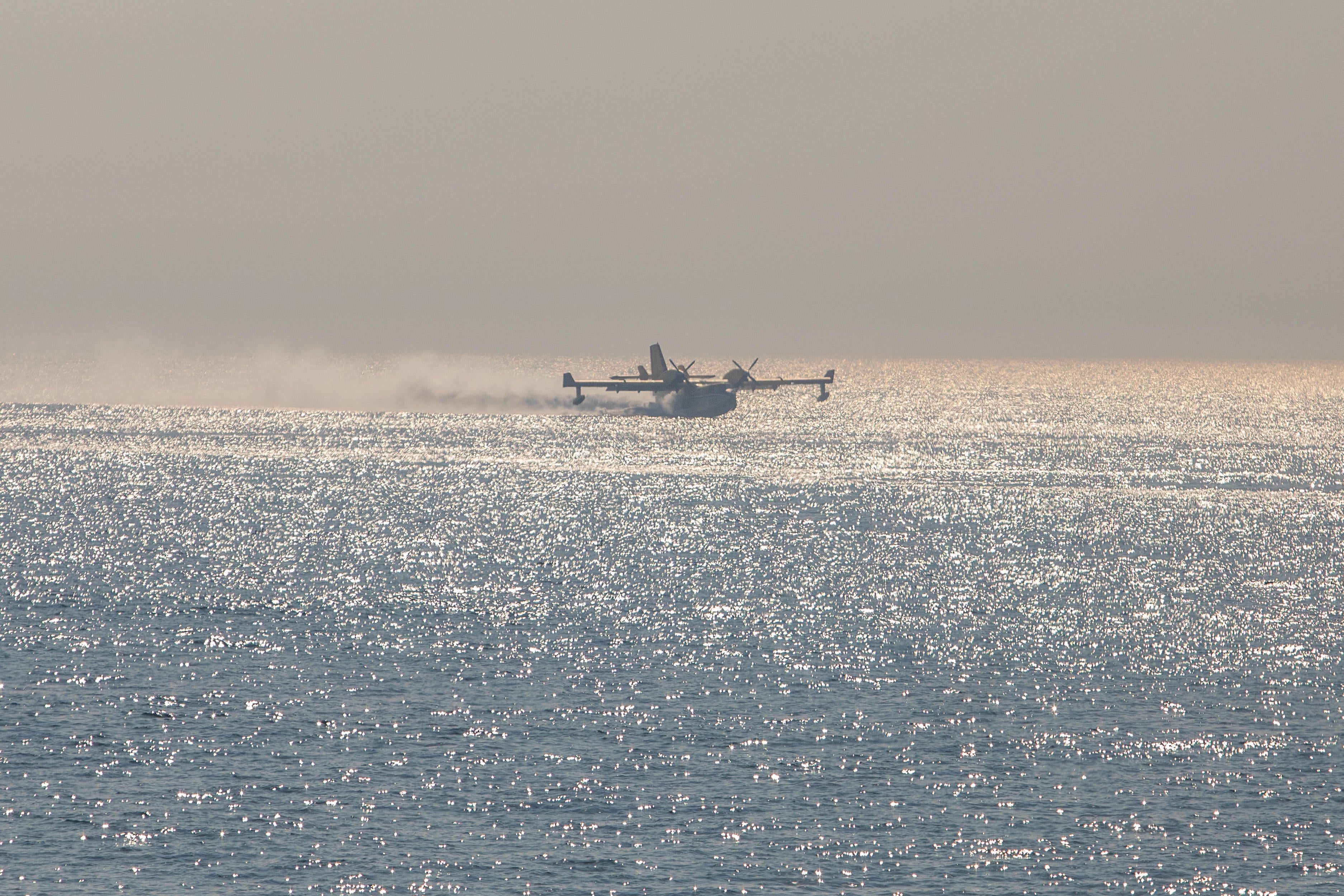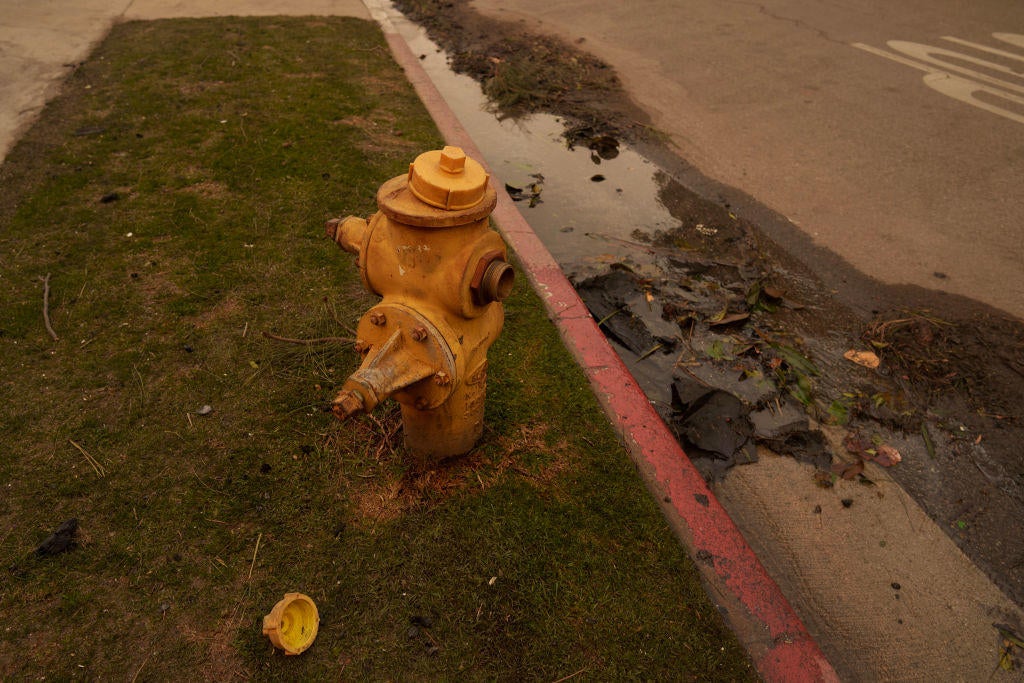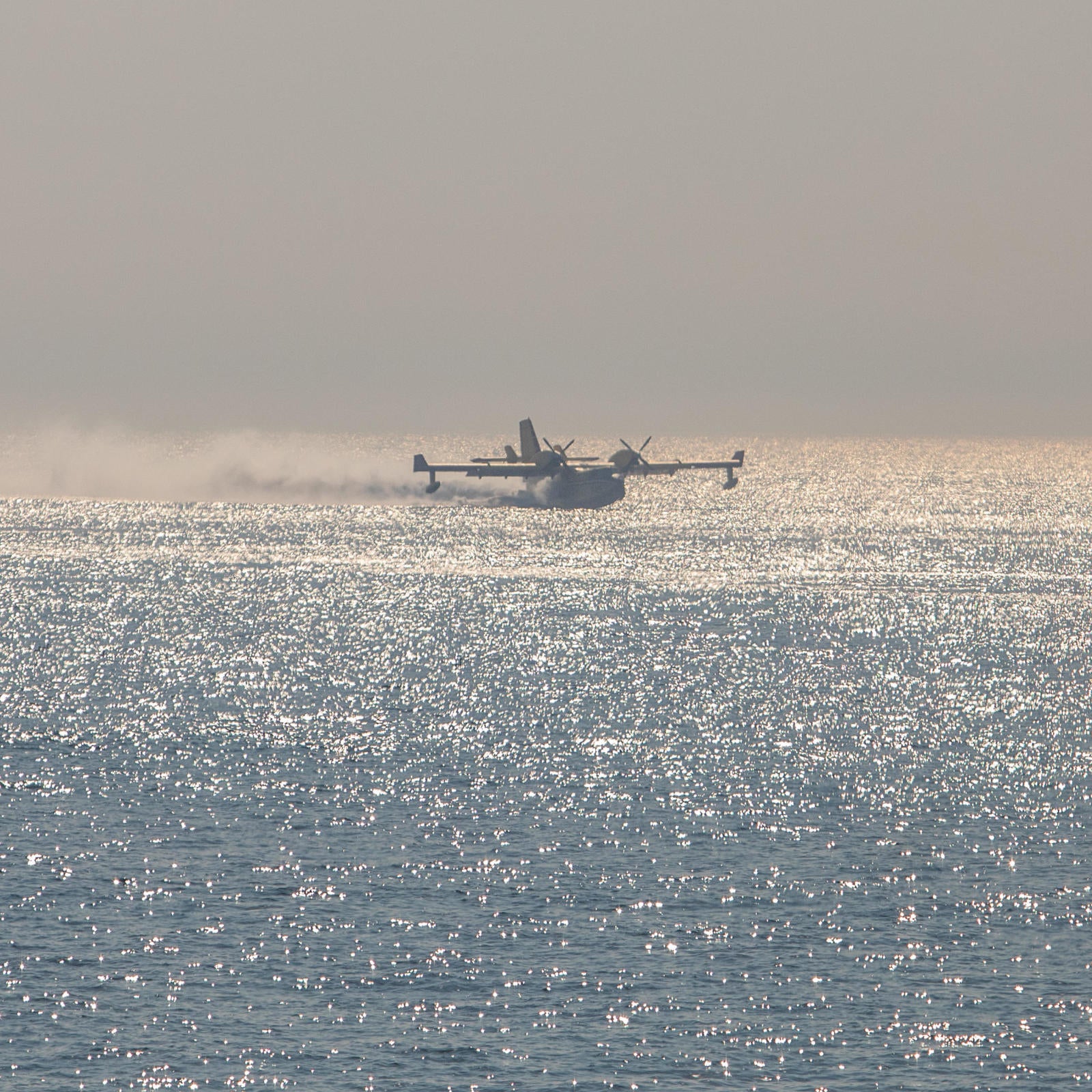Mention amid the intense wildfires, people wondered whether firefighters could use seawater from the ocean rather than depleting fresh water sources.
The simple answer is yes, but it’s a bit more complicated than just bringing water from the beach to the hillsides of Los Angeles.
Here are a few important points to consider when using seawater in firefighting and its limitations:
Salt water’s accessibility
California has the largest civilian aviation fleet for firefighting, with more than 60 aircraft, says Cal Fire, however not many of them are equipped to scoop water from the Pacific Ocean.
Specially equipped “Super Scooper” CL-415 planes were seen in action last week helping to curb the spread of the Palisades Fire as firefighters on the ground worked to put out the blaze.

.
Also play a significant part in why Super Scoopers and other firefighting aircraft are not always able to fly on missions to drop water and fire retardants.
The spokesperson said in a video explanation, “When wind speeds reach above 30 miles per hour, fire retardant and water become a mist instead of a steady rain.”
Salt water is corrosive
Some firefighting aircraft are designed to carry and drop fire retardants instead of water. Additionally, water tanks on these planes typically carry fresh water, not saltwater, since saltwater’s high salt content can damage the aircraft’s equipment.
It functions as an electrolyte, enabling iron to lose electrons more readily.

Salt water’s long-term effect
Another reason why seawater is not considered a viable option for fighting fires is due to the environmental impact, experts claim.
The long-term effect of seawater on trees and soil is still not fully understood, according to Patrick Megonigal, an ecosystem ecologist at the Smithsonian Environmental Research Center.
May allow salt to remain in the soil, which some trees could be unable to endure.
Our lab experiments indicate that salt is causing clay and other particles to break apart and shift within the soil. Such changes in soil chemistry and structure can continue for a long time.
Does Los Angeles have sufficient water to effectively fight fires?
With sea water not being a suitable choice to combat ongoing wildfires, the question remains about whether there’s sufficient water available to fight the flames effectively.
A Democrat who represents areas severely impacted by the L.A. wildfires said on “Face the Nation with Margaret Brennan” that fire agencies have assured her there is “enough water” available to continue fighting the fires, despite concerns about water pressure in the area.
She stated that at the beginning of the fires, with “drastic winds” blowing fiercely, fire departments were severely swamped.
This is not your run-of-the-mill incident, with multiple fire hydrants spraying at the same time, and to boot, the electricity powering the water pumps had been shut off to prevent the risk of sparking any further fires,” Chu said. “So that occurred at that point, but I believe we’re in a relatively stable situation now.



